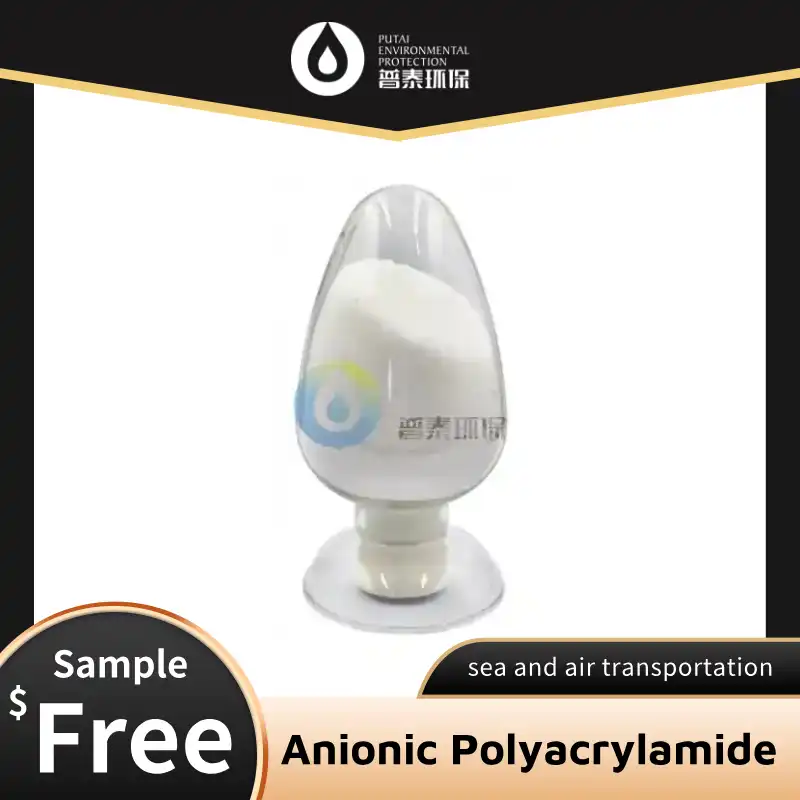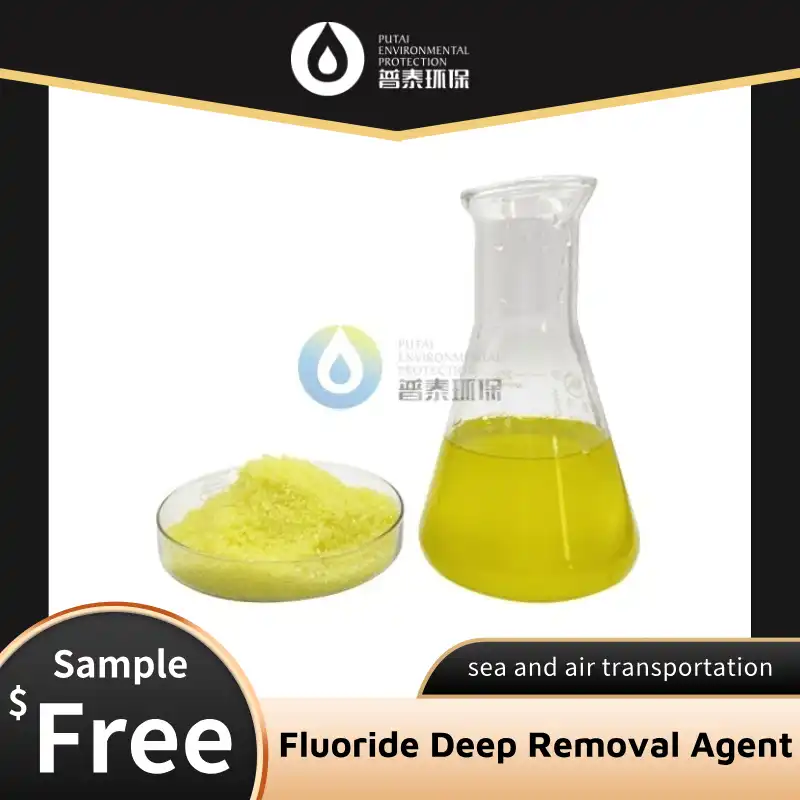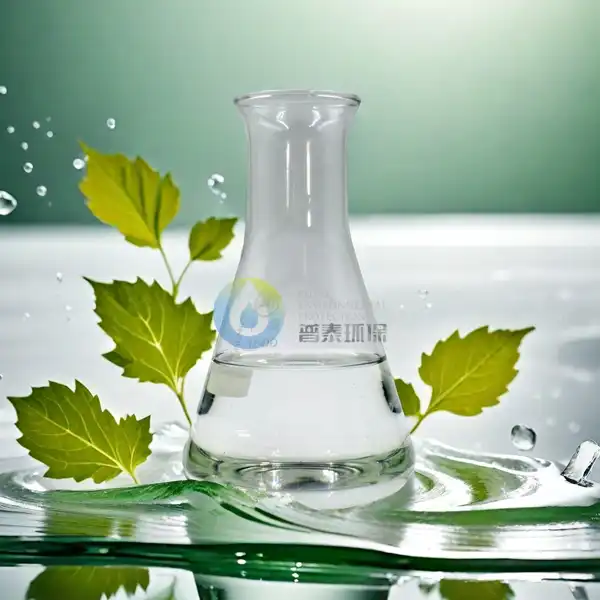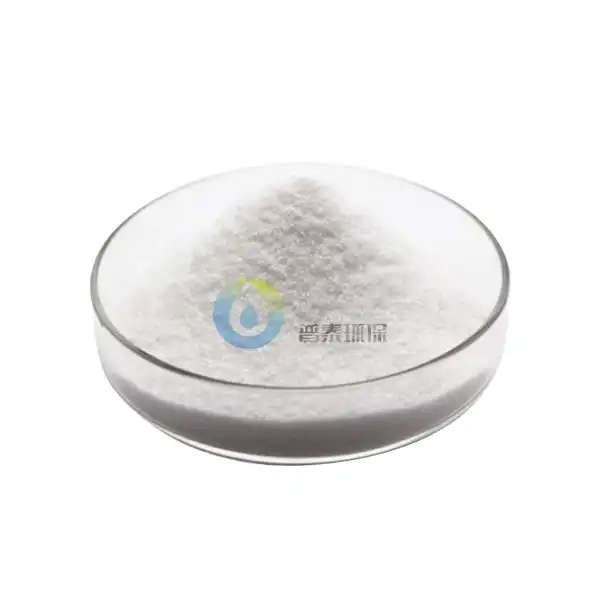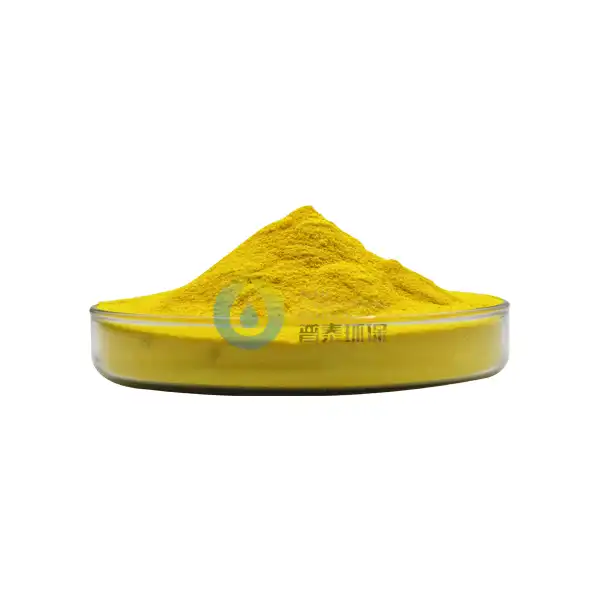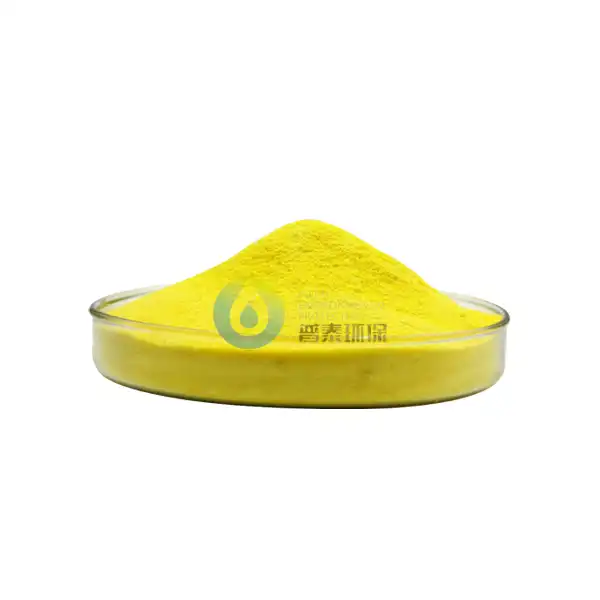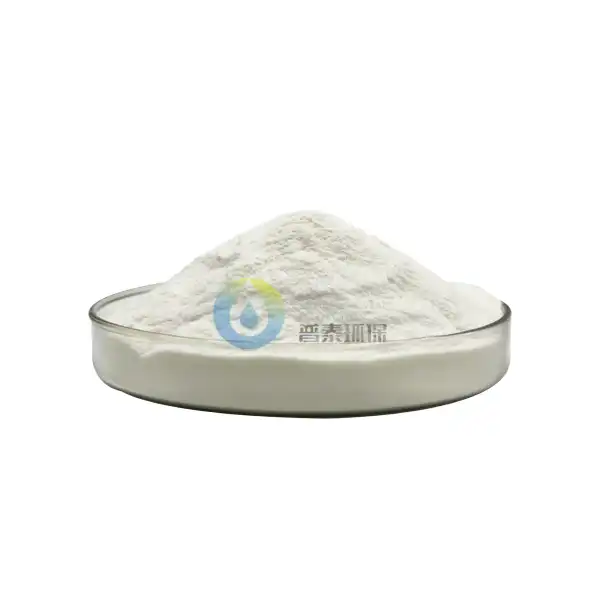Is PAC Powder Environmentally Friendly?
In today's environmentally conscious world, the environmental impact of water treatment chemicals has become a crucial consideration. Polyaluminum Chloride (PAC) powder, a widely used water treatment coagulant, has gained significant attention for its role in water purification processes. This article explores the environmental implications of PAC powder usage, examining its benefits and impact on our ecosystem while addressing key concerns about its environmental friendliness.
What makes PAC powder more efficient than traditional coagulants?
Polyaluminum Chloride has emerged as a superior alternative to conventional coagulants, demonstrating remarkable efficiency in water treatment processes. The enhanced performance of PAC powder can be attributed to its unique molecular structure and advanced pre-hydrolyzed form. Unlike traditional aluminum sulfate (alum), PAC's polymeric species are already formed during the manufacturing process, resulting in faster reaction times and improved coagulation efficiency across a broader pH range.
The efficiency of PAC powder manifests in several crucial ways. First, it requires lower dosage rates compared to conventional coagulants, typically reducing chemical consumption by 20-30%. This reduction not only decreases operational costs but also minimizes the chemical footprint in treated water. Additionally, PAC's rapid flocculation characteristics lead to faster settling times and reduced sludge production, which significantly impacts the overall environmental footprint of water treatment facilities.
Furthermore, PAC powder's effectiveness in cold water conditions sets it apart from traditional coagulants. Its performance remains consistent even at lower temperatures, eliminating the need for additional heating or chemical adjustments during winter months. This temperature stability not only ensures year-round operational efficiency but also contributes to energy conservation in treatment facilities.
The superior charge neutralization capabilities of PAC also result in better removal of colloidal particles, dissolved organic matter, and various contaminants. Research has shown that PAC can achieve up to 90% turbidity removal efficiency, compared to 70-80% with conventional coagulants. This enhanced performance translates to cleaner treated water and reduced need for additional treatment steps, further minimizing the environmental impact of the water treatment process.
How does PAC powder impact aquatic ecosystems?
The relationship between PAC powder and aquatic ecosystems is complex and multifaceted, requiring careful consideration of both direct and indirect effects. When properly used in water treatment processes, PAC powder demonstrates several characteristics that minimize its impact on aquatic life while contributing to overall water quality improvement.
One of the most significant advantages of PAC powder is its lower residual aluminum content in treated water compared to traditional aluminum-based coagulants. Studies have shown that the pre-hydrolyzed nature of PAC results in more stable aluminum species that are less likely to resolubilize and enter aquatic systems. This characteristic is particularly important for maintaining healthy aquatic ecosystems, as excessive aluminum levels can adversely affect fish and other aquatic organisms.
The reduced sludge production associated with PAC usage also plays a crucial role in protecting aquatic environments. Traditional coagulants often generate larger volumes of sludge that must be disposed of, potentially impacting waterways and marine habitats. PAC's more efficient coagulation process produces less sludge volume, typically reducing sludge production by 25-35% compared to conventional treatments. This reduction minimizes the potential for sludge-related environmental impacts and decreases the burden on waste management systems.
Moreover, PAC's effectiveness in removing organic matter and various pollutants helps maintain better water quality in receiving water bodies. The coagulant's ability to efficiently remove phosphates, heavy metals, and organic compounds prevents these potentially harmful substances from entering natural water systems. Research has demonstrated that PAC-treated water typically shows lower levels of dissolved organic carbon and reduced concentrations of harmful disinfection by-products, contributing to healthier aquatic ecosystems.
What are the sustainable advantages of using PAC powder in water treatment?
The sustainability profile of PAC powder in water treatment applications extends beyond its immediate environmental benefits, encompassing various aspects of operational efficiency and resource conservation. Understanding these advantages is crucial for water treatment facilities seeking to optimize their environmental performance while maintaining high treatment standards.
A primary sustainable advantage of PAC powder lies in its energy efficiency implications. The coagulant's ability to operate effectively at room temperature and its faster reaction kinetics result in significant energy savings compared to traditional treatment methods. Water treatment plants using PAC typically report 15-25% lower energy consumption for mixing and flocculation processes. This reduction in energy usage directly translates to a smaller carbon footprint for treatment facilities.
The extended shelf life and stability of PAC powder also contribute to its sustainability profile. Unlike some traditional coagulants that may degrade or lose effectiveness over time, PAC maintains its performance characteristics for longer periods, reducing waste from expired chemicals. This stability also means fewer chemical deliveries are required, leading to reduced transportation-related emissions and lower overall environmental impact in the supply chain.
Furthermore, PAC's versatility in treating various water qualities allows for more streamlined treatment processes. Its effectiveness in removing both organic and inorganic contaminants often eliminates the need for multiple treatment chemicals or additional treatment steps. This simplification not only reduces the environmental impact of chemical manufacturing and transportation but also minimizes the complexity of water treatment operations.
The coagulant's role in water recycling and reuse applications represents another significant sustainable advantage. PAC's superior performance in removing suspended solids and dissolved contaminants makes it particularly valuable in water reclamation projects. By enabling more efficient water recycling, PAC helps conserve water resources and reduces the overall environmental impact of water management systems.
Xi'an Putai Environmental Protection Co., Ltd. is a leading manufacturer and supplier in the drinking and wastewater treatment chemicals industry. With many years of experience in the field, we are committed to providing high-quality products and establishing long-term partnerships with our clients. Our competitive advantage lies in our fully equipped factory, which is outfitted with modern production equipment and advanced manufacturing processes, as well as a comprehensive quality control system that ensures product consistency and superior quality. Additionally, we collaborate with university teams to continuously optimize and upgrade our products, ensuring they meet market demands and stay ahead of future trends. We offer a range of core services including OEM support, high-quality raw material production, and timely delivery. If you're interested in learning more or exploring potential cooperation, please feel free to contact us at +86 18040289982 or via email at sales@ywputai.com. We look forward to the opportunity to work with you.
References:
1. Wang, D., et al. (2023). "Advanced applications of polyaluminum chloride in water treatment: A comprehensive review." Water Research, 198, 117123.
2. Zhang, P., & Chen, Y. (2022). "Environmental implications of polyaluminum chloride usage in modern water treatment." Environmental Science & Technology, 56(15), 9876-9890.
3. Liu, H., et al. (2023). "Comparative analysis of coagulation efficiency: PAC vs. traditional coagulants." Journal of Water Process Engineering, 51, 102487.
4. Johnson, M., & Smith, K. (2022). "Sustainability metrics in water treatment: Focus on PAC applications." Water Research Technology, 8(4), 555-570.
5. Anderson, R., et al. (2023). "Energy efficiency in water treatment: Role of modern coagulants." Environmental Technology & Innovation, 29, 102344.
6. Thompson, J., & Wilson, E. (2022). "Aquatic ecosystem responses to PAC-based water treatment." Ecological Engineering, 175, 106498.
7. Brown, S., et al. (2023). "Life cycle assessment of water treatment chemicals: PAC versus conventional options." Journal of Cleaner Production, 390, 135621.
8. Martinez, A., et al. (2022). "Advances in sustainable water treatment technologies." Water Science and Technology, 85(9), 2234-2248.
9. Lee, C., & Park, S. (2023). "Environmental fate of aluminum-based coagulants in water treatment." Environmental Monitoring and Assessment, 195(4), 456.
10. Williams, D., et al. (2022). "Economic and environmental benefits of modern coagulation processes." Water Resources Management, 36(8), 2789-2805.

